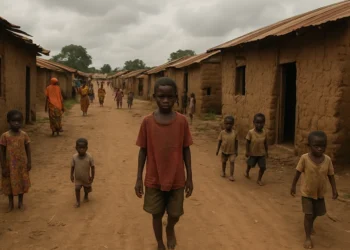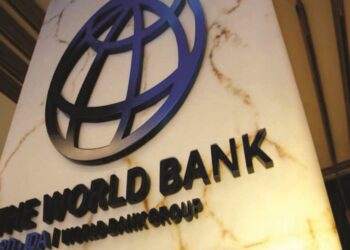The output in Sub-Saharan Africa dipped by an estimated 3.7% as a result of the COVID-19 pandemic and associated lockdown measures, which obviously disrupted activities in most countries in the region.
This is according to the “Global Economic Prospect January 2021” report published by the World Bank.
READ: World Bank: Lower oil demand may persist till 2021
According to the report…
- The hardest hit countries were those with large domestic outbreaks, those heavily dependent on travel and tourism – which virtually slowed to a near-complete halt, as well as commodity exporters, particularly of oil.
- Although a few countries have managed to slow some large outbreaks (Ethiopia, Kenya, South Africa), outbreaks persisted in the second half of 2020 in several countries with little sign of abating. Various mitigation measures have remained in place as a result, weighing further on activity.
- In Nigeria and South Africa – the two largest economies in the region – output fell sharply last year. The economy of Nigeria is estimated to have shrunk 4.1% in 2020 – 0.9% more than previously projected, as the effects of the COVID-19 pandemic and associated measures were worse than expected and affected activities in all sector.
- Growth in Sub-Saharan Africa is expected to rebound only moderately to 2.7% in 2021 – 0.4% weaker than previously projected, before firming to 3.3% in 2022. While the rebound in private consumption and investment is forecast to be slower than previously envisioned, export growth is expected to accelerate in line with the rebound in economic activity among major trading partners.
- Despite the envisioned recovery, the level of regional GDP in 2022 is forecast to remain below the level projected in January 2020. The sluggish recovery reflects persistent outbreaks in several economies that have inhibited the resumption of economic activity, particularly in services sectors such as tourism.
READ: Global Economy to grow by 4% in 2021 – World Bank
What you should know
- The economy of South Africa was quite peculiar as it was already on a weak footing before the pandemic hit, with output falling by 7.8% in 2020.
- It is to be noted that South Africa suffered the most severe COVID-19 outbreak in Sub-Saharan Africa, which prompted strict lockdown measures and brought the economy to a standstill.
- Most Oil exporters grappled with sharply lower prices (i.e. Nigeria, Angola, Republic of Congo, Equatorial Guinea, South Sudan), while those with large travel and tourism sectors suffered from near-complete shutdowns of tourism-related activity (Cabo Verde, Ethiopia, Mauritius, Seychelles).
- Contractions in agricultural commodity exporters were typically less steep, with some even avoiding outright recessions (Benin, Côte d’Ivoire, Malawi, Uganda).
READ: IMF cuts global economy growth forecast; hits at strain in emerging markets
Why this matters
As a result of the lingering adverse effects of the pandemic in the sub-region, there might be a weaker than anticipated recovery in Sub-Saharan Africa – traceable to delayed distribution of effective vaccines.
The new waves of infections in most countries in the sub-region are capable of slowing the required growth in non-regional trading partners, which would dampen the projected growth pickup in Sub-Saharan Africa through lower export demand – particularly for tourism – and reduced investments.
READ: Fiscal actions of $11.7 trillion expended for COVID-19 pandemic and associated lockdowns – IMF
It is being feared that wide-scale vaccine distribution in Sub-Saharan Africa is likely to face many hurdles, though there has been substantial progress in COVID-19 vaccine development. These include poor transport infrastructure and distribution systems, weak health system capacity to implement large scale vaccination programs and outdated or insufficient cold storage systems to preserve vaccines.
READ: Nigeria’s economy will grow by 2.4% on average in 2021-25 – CEBR























